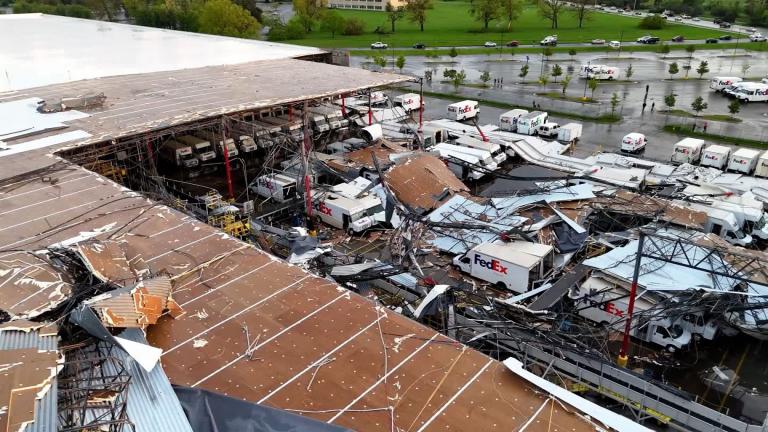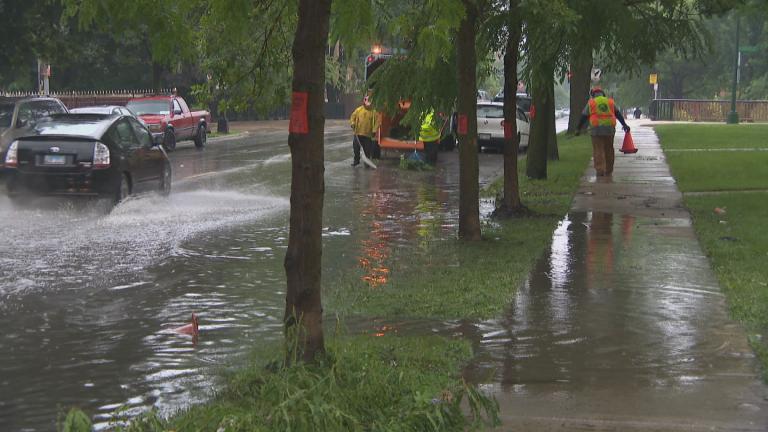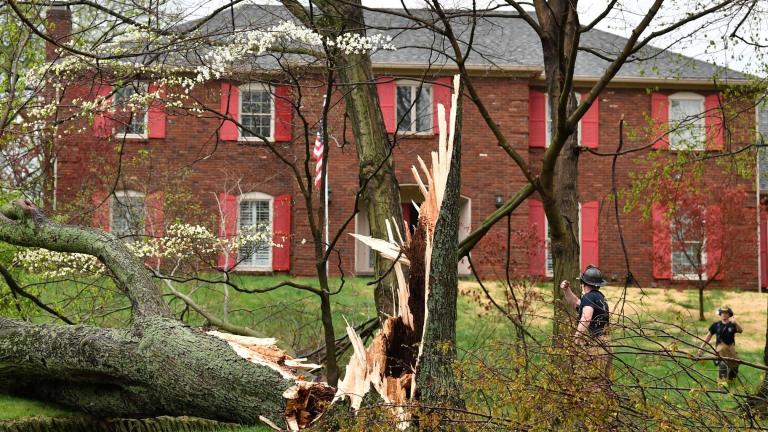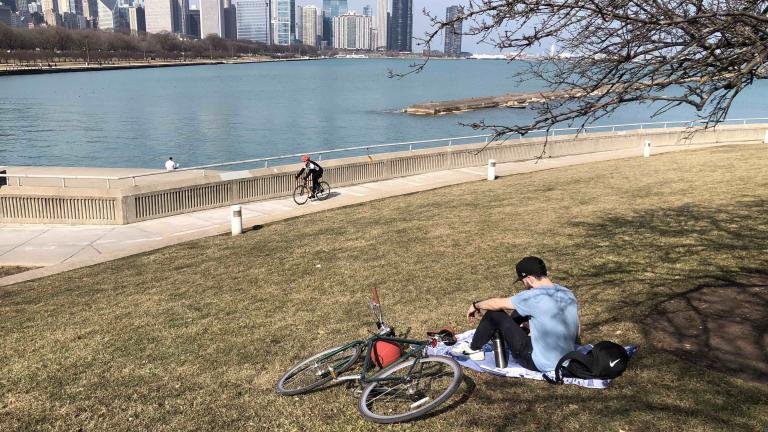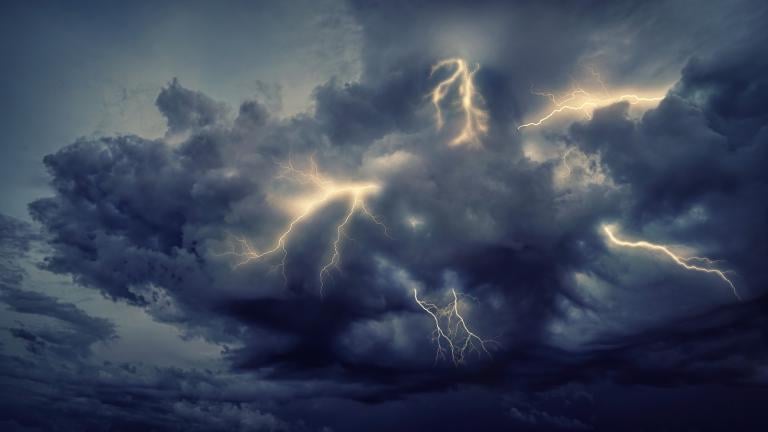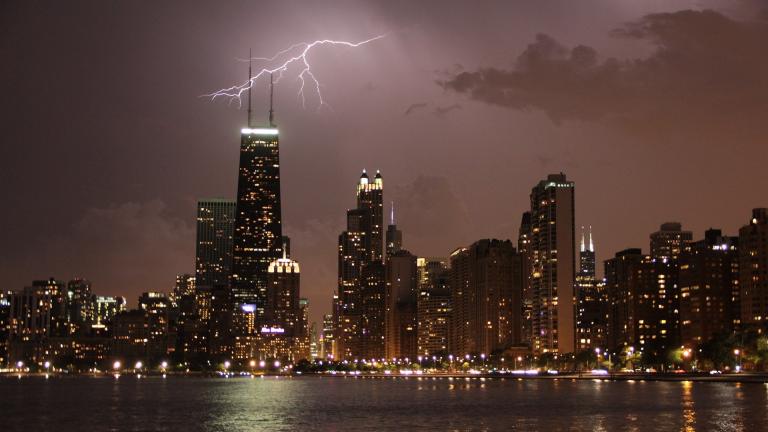After months of drought, the Chicago area has been deluged with buckets of rain over the last several days.
As much as 8 inches fell in certain areas over the weekend, followed by major flooding. Areas on the city’s West Side and western suburbs saw over 8 inches on Sunday, according to the National Weather Service.
And Wednesday night was round two.
Kevin Fitzpatrick, assistant director of engineering with the Metropolitan Water Reclamation District of Greater Chicago, said there was a “microburst” in the storm, leading it to sit at the West Side of the city.
Most sewer systems are built for five-year storms — meaning, theoretically, the storm would occur every five years, Fitzpatrick said. However, what was seen in Cicero last week was that of a 100-year storm, he added.
“100-year storms are more like 10-year storms at this point,” he said.
Video: Flooded streets in Chicago on July 2, 2023.
Once the flooding begins and the river gets above lake level, the MWRD can open the locks to allow the river to flow into Lake Michigan.
While some onlookers have suggested that MWRD open the locks prior to river levels reach that of Lake Michigan, the district said the results would be devastating.
“If we were to open the lock and gates too early, Lake Michigan would have a tsunami effect, overtaking the river and flooding everything in its path in downtown Chicago and along the waterways, totally decimating the Riverwalk and municipalities downstream, on the South Side and on the North side,” MWRD outlined in a statement. “The destruction that would be caused by opening the gates and lock too early is unimaginable.”

